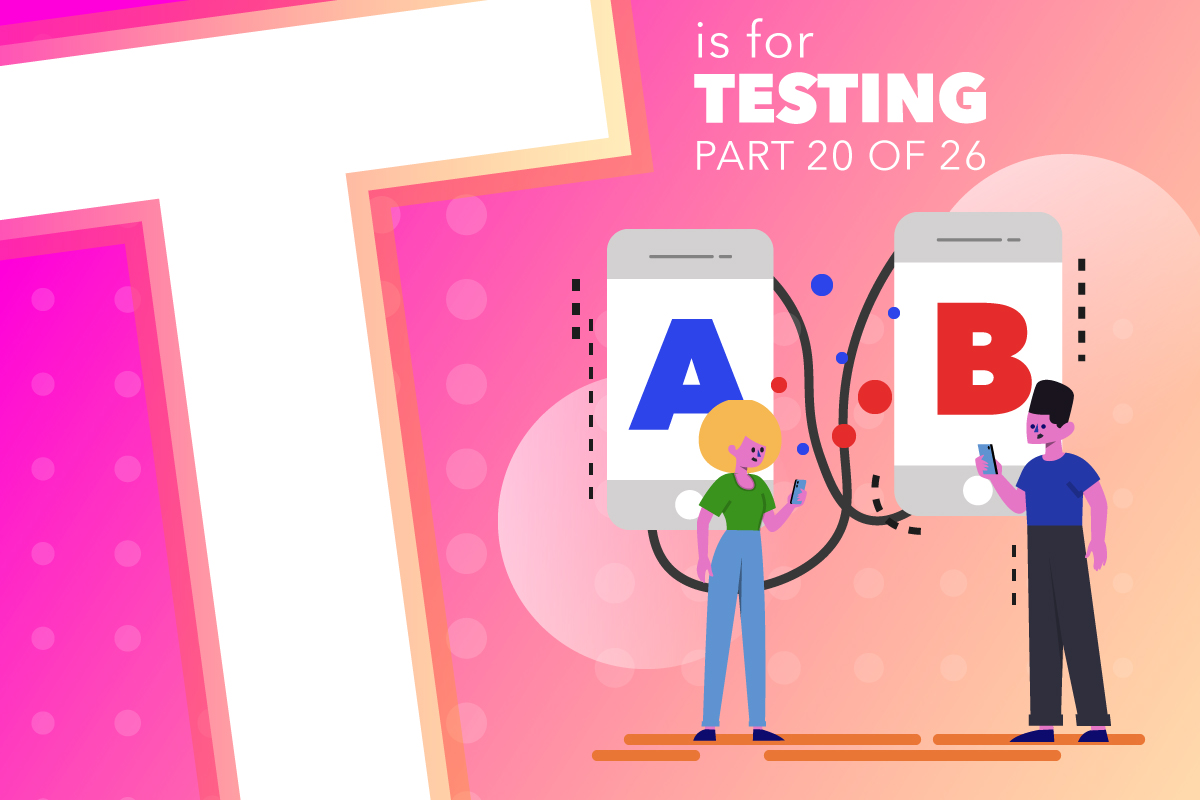Synonyms: Examination, Verification, Experimentation
From a definition standpoint, testing describes the means by which the presence, quality, or genuineness of anything is determined. So literally anything can be tested. But as a digital marketer, testing falls within a few, select categories.
Common digital marketing testing categories include:
- A/B testing
- Automation testing
- Functional testing
For our purposes, we are going to focus specifically on testing related to optimizing the digital experience for our visitors; using A/B or multivariate testing on your website allows marketers to determine what content performs better.
Why do we care about testing?
With the Internet of Things (IoT) expanding, new products being created and new markets opening by the second, companies are constantly evolving their content to solve problems, answer questions and deliver information to website visitors or consumers in a manner that speaks to them. While we can go to college, take online courses or Google search for days, content created for a website, sometimes, does not always align with how the consumer of the content prefers to receive it.
Setting up content testing allows digital marketers to test multiple hypotheses for what messaging, imagery or branding resonates most with the users who visit a site. As digital marketers, we promote products/services but more granularly, are the conduits to connect our businesses with their target audience, align business goals with marketing initiatives and improve user experience to ultimately reach these goals.
Content testing assists digital marketers in taking some of the guesswork out of content creation so we don’t have to assume what content engages website visitors, we can know! Benefits of testing include but are not limited to:
- Reduced bounce rate
- Increased and higher conversion rate
- Quick results and low risk
How do we start using testing?
To start testing, gather analytics for pages on your site to determine what content performs well and which could use some improvement. From the list of pages with opportunity, bucket them into categories such as landing pages, campaign pages, product/services pages. With the pages divided, focus on the goals for each page and the action the visitor should take. If the goal is for the visitor to fill out a form to get information on a product or service, a possible A/B test could be to experiment with form copy changes such as reducing the length, increasing the length, testing copy against a video with the same information.
Obviously, that is a pretty basic testing example, so if you want to chat more about testing, getting started or evolving with testing, fill out the contact form or you can always message me on LinkedIn or Twitter @sitecorejo!
Ready, set, TEST! … and stay thirsty, friends.

